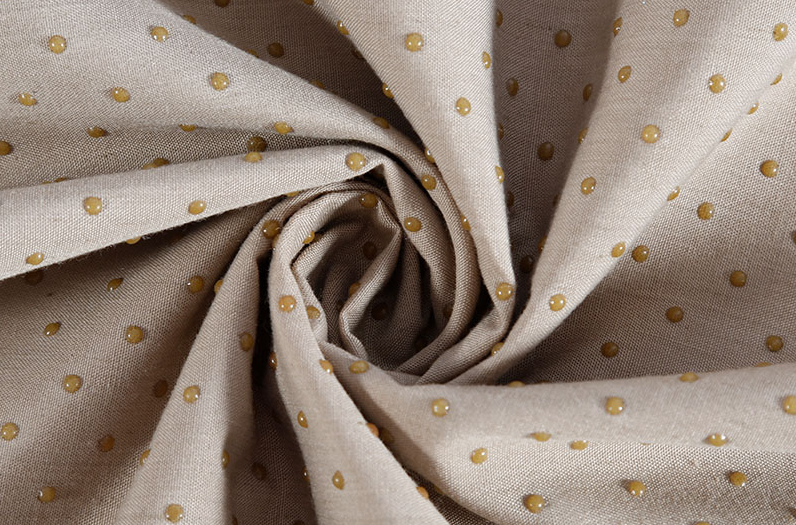Anti-slip polyester functional fabric has gained traction in various industries due to its unique properties, including high elasticity, waterproof capabilities, and resistance to deformation and mildew. As manufacturers and consumers become more aware of the advantages this material offers, one critical factor comes into play: cost. The pricing of anti-slip polyester fabric significantly influences its commercial viability, impacting not only production decisions but also market demand and consumer acceptance.
From a manufacturing perspective, the cost of raw materials and production processes plays a crucial role in determining the final price of anti-slip polyester fabric. High-quality materials that provide superior anti-slip properties, such as specialized silicone rubber, tend to be more expensive. Additionally, advanced manufacturing techniques, including two-component heated vulcanization, further contribute to costs. These processes, while ensuring optimal performance, can limit scalability and increase the price point, making it essential for manufacturers to strike a balance between quality and affordability. If the production costs are too high, manufacturers may find it challenging to offer competitive pricing, which could deter potential buyers and affect overall market penetration.
On the consumer side, the perception of value is vital. For households and industries that prioritize safety and durability, the investment in anti-slip polyester fabric can be justified, especially in high-traffic areas where traditional carpets or mats may pose a slipping hazard. However, for budget-conscious consumers, higher prices can lead to hesitation, especially when alternatives are available at lower costs. Therefore, understanding market segments becomes crucial; premium segments might be willing to pay a premium for superior features, while broader consumer bases may require more affordable options that still meet essential safety standards.

Additionally, the commercial viability of anti-slip polyester fabric is influenced by market trends and consumer behavior. As awareness of safety and health increases, especially in contexts like fitness and tourism, the demand for reliable non-slip solutions may rise, potentially allowing manufacturers to adjust pricing strategies favorably. Innovative marketing that emphasizes the long-term cost savings associated with durability and low maintenance could help justify higher prices. Moreover, collaborations with industries like hospitality and sports equipment can enhance visibility and acceptance, thereby increasing demand and supporting a more robust pricing model.
The cost of Anti-slip polyester functional fabric significantly affects its commercial viability through a complex interplay of manufacturing processes, consumer perception, and market dynamics. While higher production costs can limit competitiveness, they can also be mitigated by highlighting the material’s benefits and targeting the right market segments. As the demand for safe, durable solutions continues to grow, understanding these dynamics will be essential for manufacturers looking to thrive in this evolving market.

 English
English Español
Español























.jpg?imageView2/2/format/jp2)





























